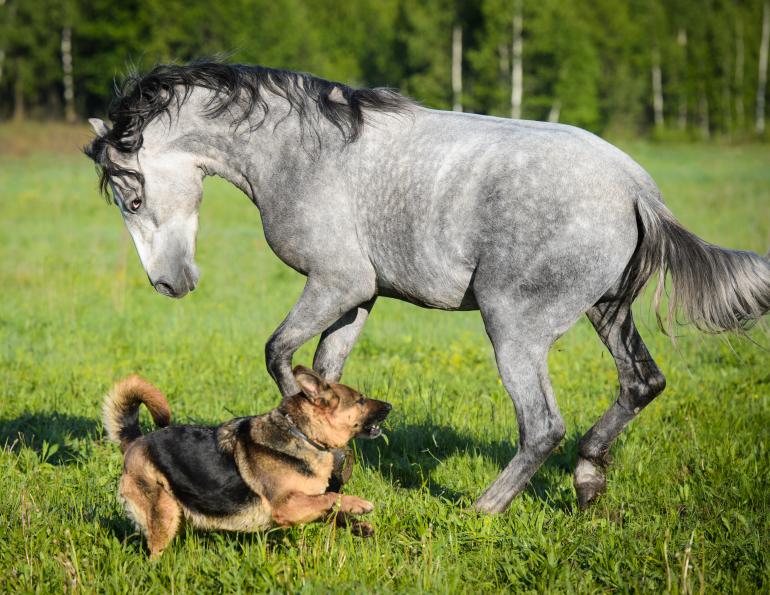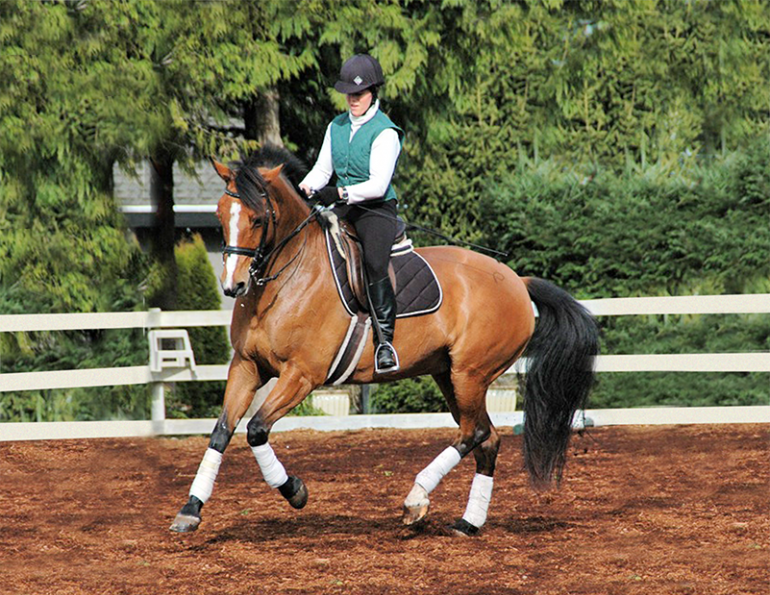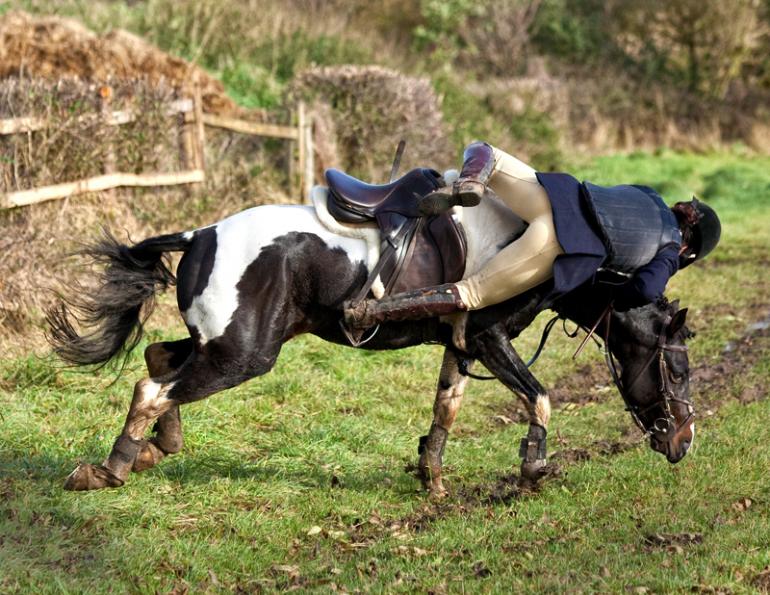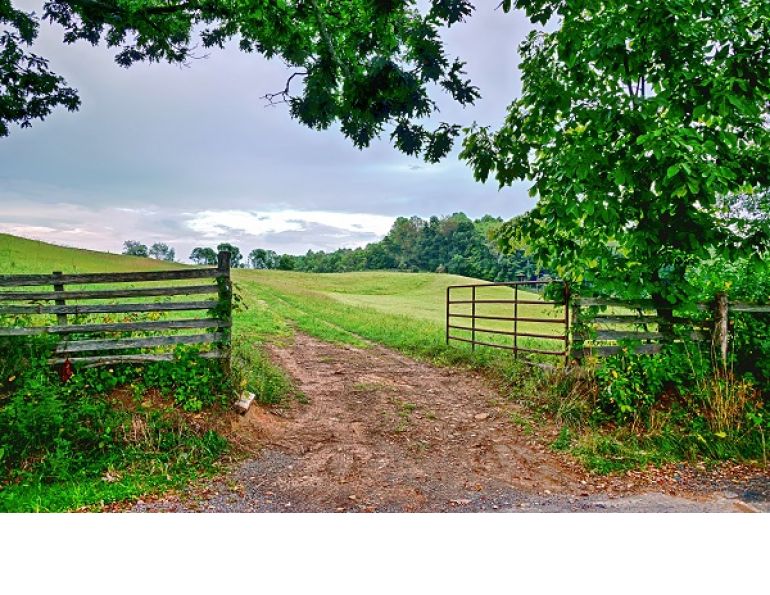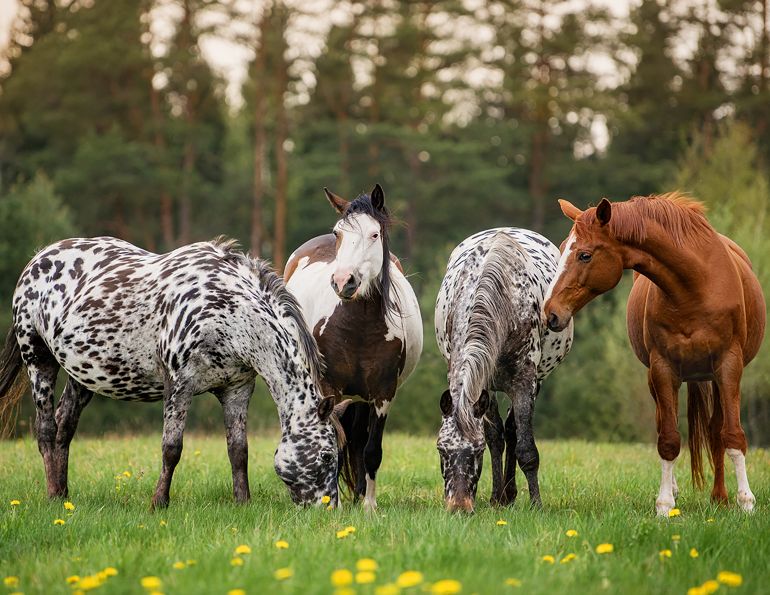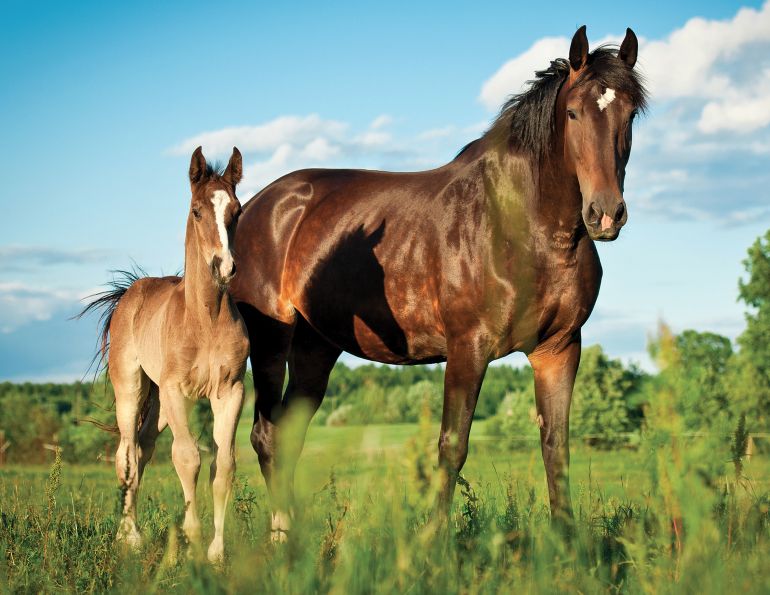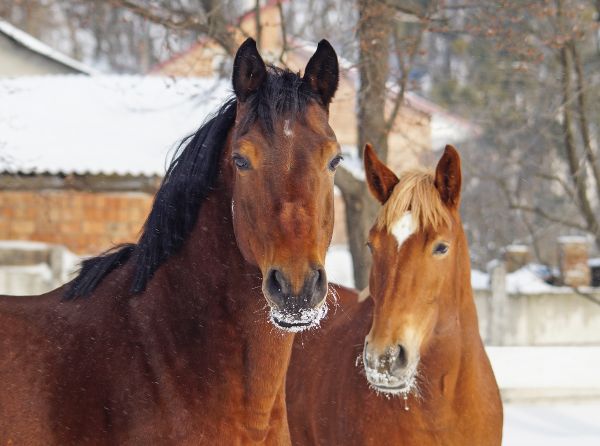Signs of heat stress, prevention, and treatment.
By Tony Hawkins, DVM, Valley Vet Supply Technical Service Veterinarian
Heat can have a devastating impact on our animals — it’s something that, in a clinic setting, I have seen first-hand.
All animals outdoors in the heat — whether large or small — require shade, continuous access to fresh water, and air movement and ventilation. These basic concepts are of course the same principles that apply to us. With this in mind, this article will cover heat stress with specific considerations in dogs.
Dogs are not proficient sweaters, making them more prone to overheating. They release their heat through panting. Because of that, they’re a little more prone to overheating than people are. There are some groups of dogs that are more at risk than others, like brachycephalic (flat-faced) breeds. Due to their muzzle’s shape, their risk could be nearly double for heat stroke as they are not as efficient at panting and releasing heat. Additionally, overweight, older or out-of-shape dogs — or dogs with conditions such as heart disease or lung and airway disorders — may be at greater risk.
Know the Signs of Heat Stress
Dogs suffering from heat stress may demonstrate excessive panting, difficulty breathing, vomiting, and diarrhea. More serious and progressive symptoms include lethargy, collapse, stumbling, and seizures. When it progresses to this point, it is critical that your dog receive veterinary care. It can be pretty tough to get these cases treated and every minute matters.
Tips for Keeping Your Dogs Safe
- Do not ever leave your dogs in parked cars that are turned off. According to the National Weather Service, in only 25 minutes a car in 23-degree C (73-degrees F) can quickly reach 38-degrees C (100 degrees F). Imagine how dangerously hot it can get inside a car on a day when the outdoor temperature is already 38-degree C (100 degrees F), like we see every summer. It’s the same with small children — do not leave your dogs or children in parked cars. They can dangerously overheat very, very quickly. If they must stay inside a vehicle, the air conditioning needs to stay on for them.
- Plan your dog’s play time, or any outdoor activities they may tag along for, around the cool times of the day. Dogs are not very good at stopping themselves when they get hot, and they’ll just run themselves until they are overheated.
- Clip dogs with long hair coats. You can clip any dog that has a long, thick hair coat.
- Avoid walking your dog on hot sidewalks, which can painfully burn their paws. Place the backside of your hand on that surface, and if you can’t hold it on there for seven seconds, it’s too hot for your pet. Protective boots can help them.
How to Treat Heat Stress in Dogs
- If your dog is showing the progressive signs mentioned above — lethargy, collapse, stumbling, and seizures — get them to your veterinarian right away.
- Bring dogs inside to an air-conditioned house or car immediately.
- Apply water to your dog’s ears and paws to help them cool off. Use tepid water at first, trending toward colder, as cooling a pet off too quickly can also be dangerous.
- Offer them water but not ice or ice-cold water.
- Place your dog in front of a fan to further cool them down and dry them off.
- If your dog is not improving with these measures within 20 to 30 minutes, take your dog to your veterinarian for further treatment and monitoring. And please, tell your veterinarian everything you can, even if the truth may be painful to repeat, such as if the dog was left inside a hot car. Telling your veterinarian every detail may save your pet in the end.
I hope this information will help you keep your dogs safe during the warmest months of the year.
About the author: Valley Vet Supply Technical Service Veterinarian, Tony Hawkins, DVM, attended Kansas State University’s College of Veterinary Medicine, where he placed focus on mixed-animal practice. Before joining the Technical Service veterinarian team at Valley Vet Supply, Dr. Hawkins practiced veterinary medicine in Marysville, Kansas, where he was greatly involved in cattle health, including processing, obstetrical work, and servicing the local sale barn. He also is treasured by the community for his care of horses and pets, through wellness appointments and surgery.
Related: When the Rider is Hot, the Horse is Hotter
Photo: Shutterstock/Makarova Viktoria



